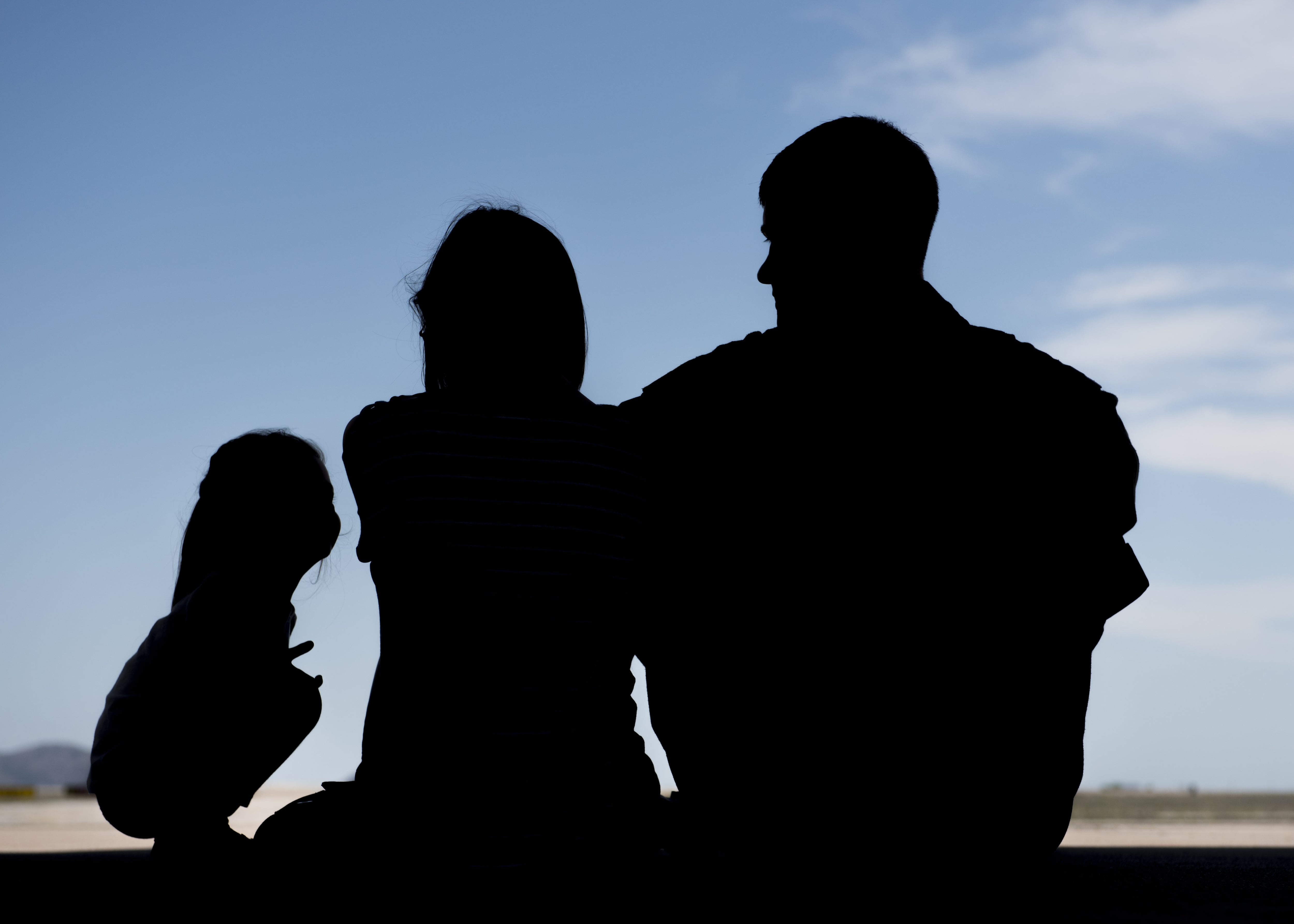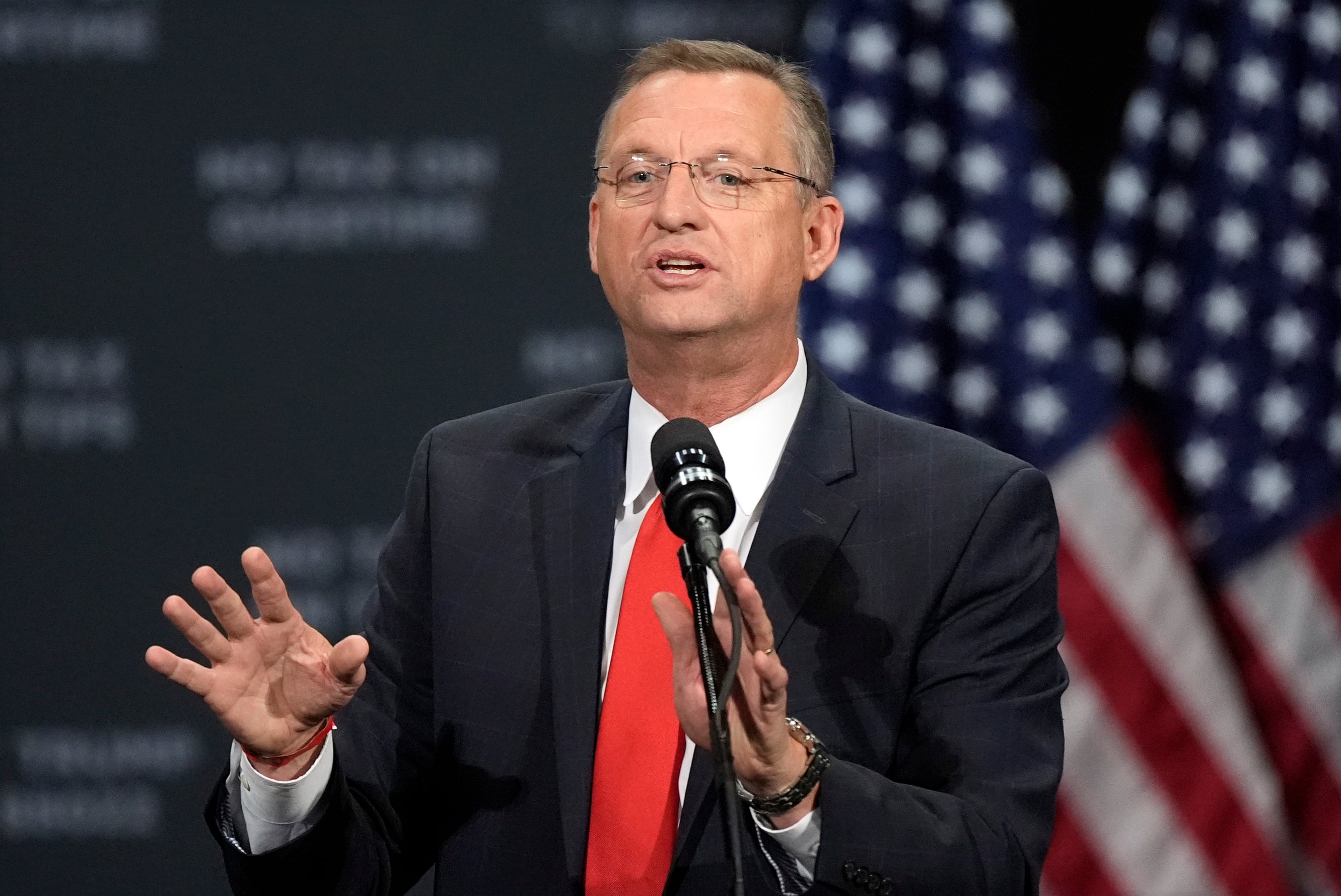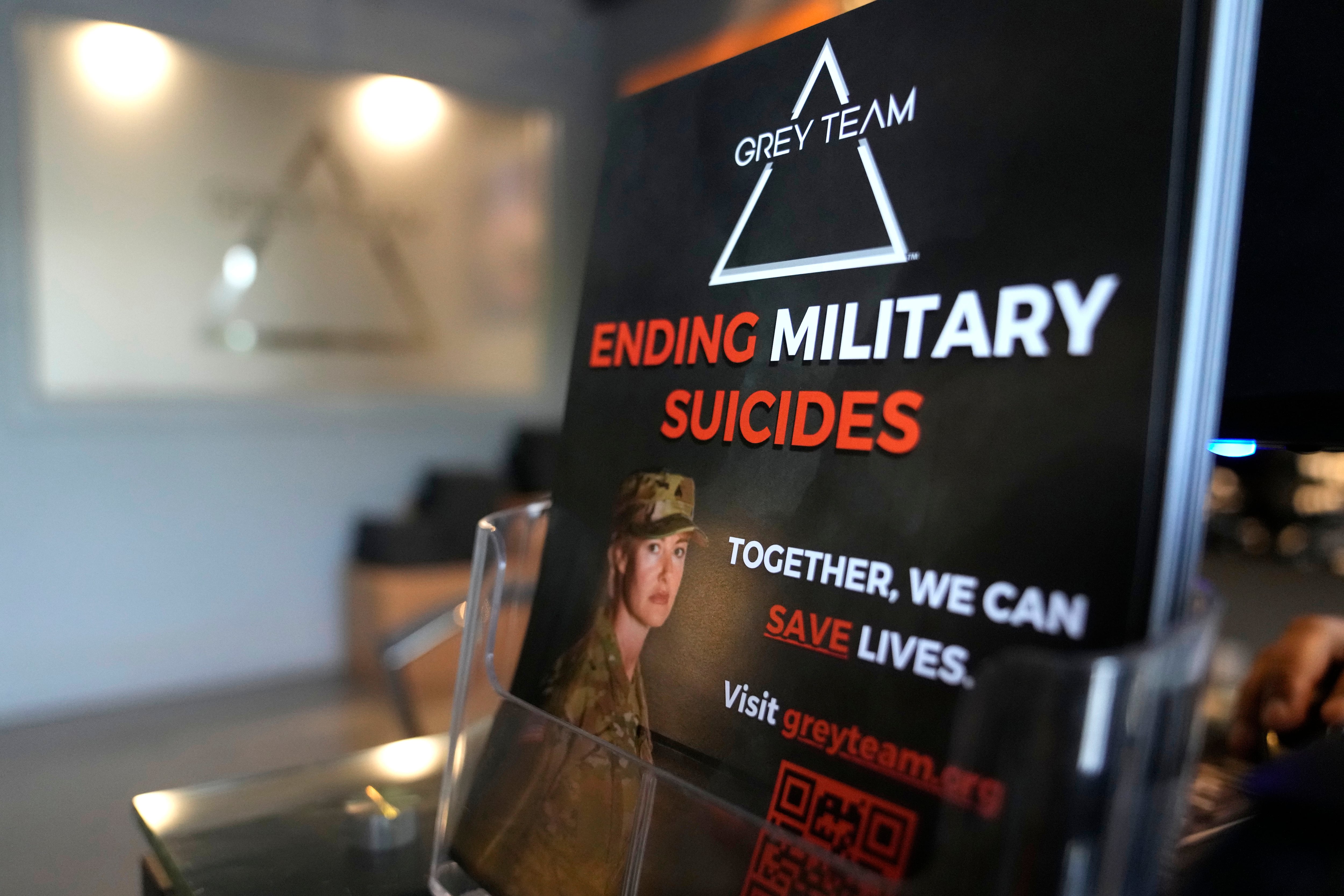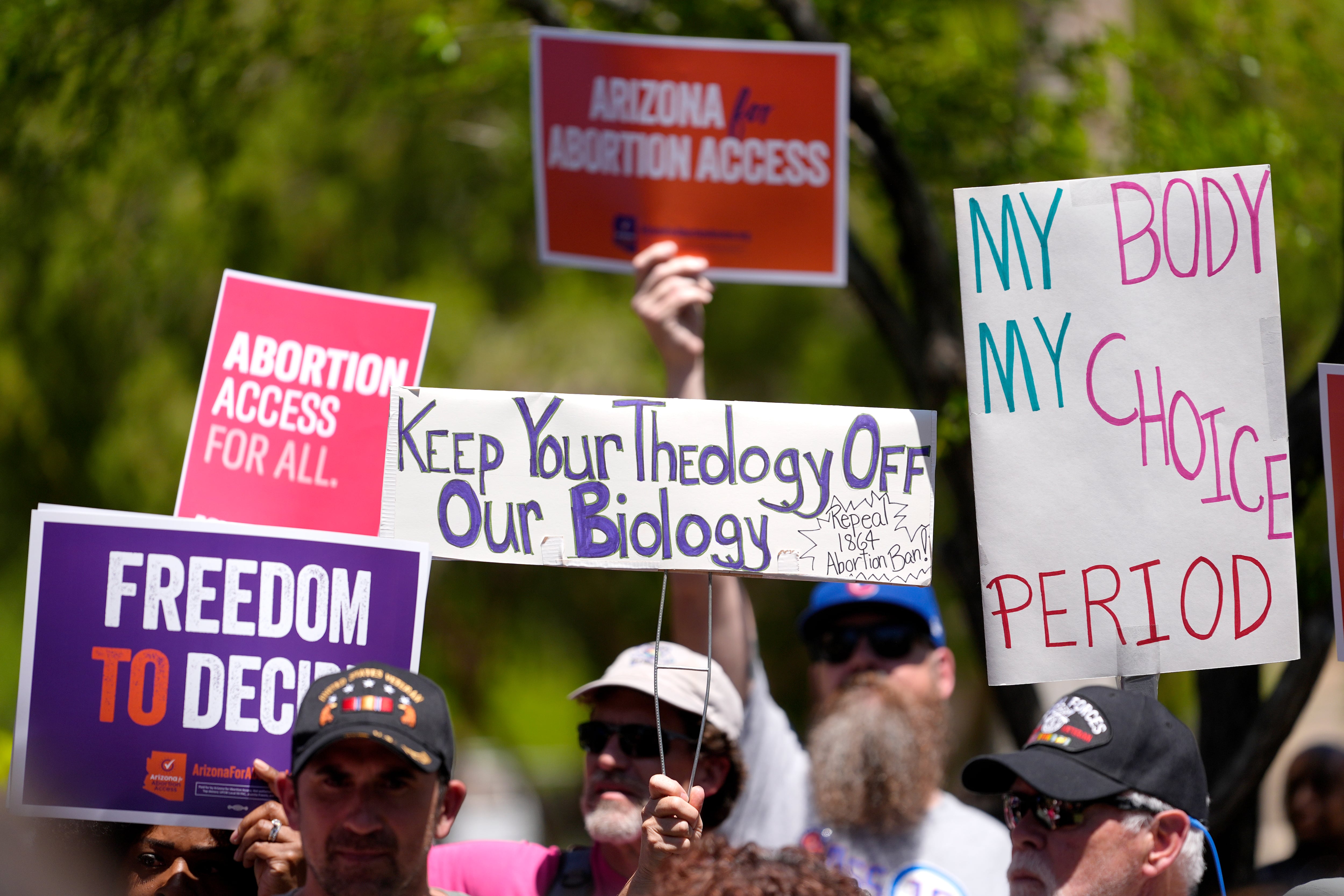ALBANY, N.Y. — A group from the U.S. and Japan is trekking to a remote Pacific island jungle to document what is considered one of the most important wreck sites of World War II: where American fighters shot down a Japanese bomber carrying the mastermind of the Pearl Harbor attack.
Three members of a New York-based WWII research organization and a Japanese aviation expert plan to visit the crash site on Bougainville, part of Papua New Guinea, on Wednesday, the 75th anniversary of Adm. Isoroku Yamamoto’s death.
Yamamoto had spent several years in the U.S. earlier in his military career, studying at Harvard University and admiring America’s industrial might. In the aftermath of Pearl Harbor, he was quite possibly the most hated man in America.
“As long as he lived, the Japanese navy was a threat,” said Donald A. Davis, a Colorado-based writer who told the story of “Operation Vengeance” in a 2005 book. “He was feared in the Pacific.”
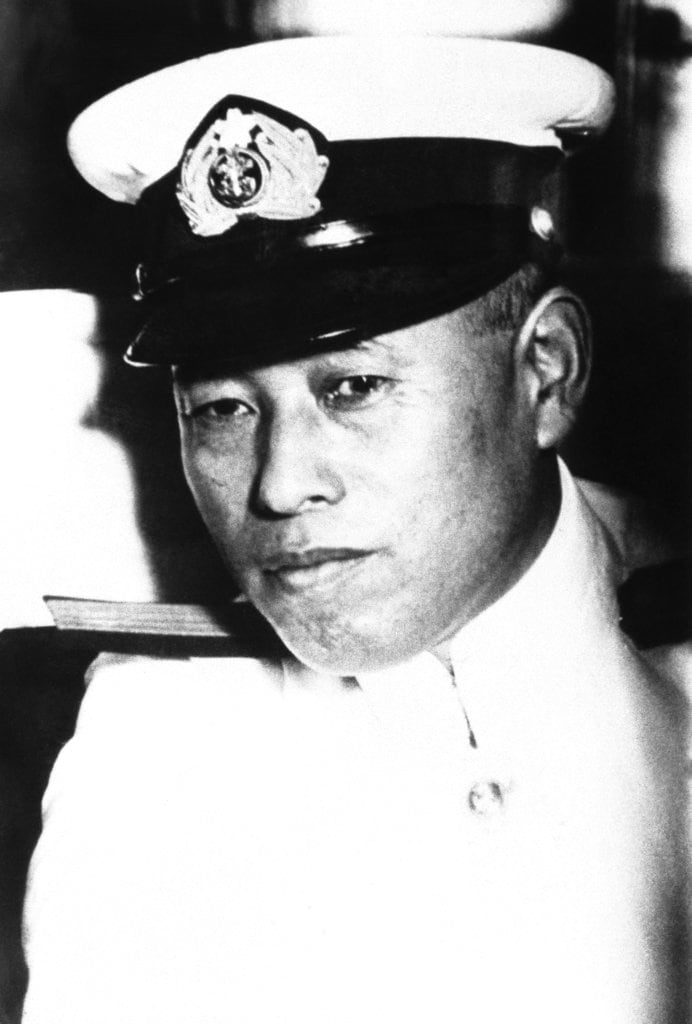
Historians generally credit Yamamoto, an innovative proponent of air power, with the idea of attacking the U.S. Pacific fleet and convincing Japanese military leaders that his plan could work. The Dec. 7, 1941, sneak attack on the naval base at Pearl Harbor on Hawaii’s Oahu Island killed more than 2,400 people, sunk or damaged 18 ships, destroyed 300 warplanes and drew the U.S. into the war.
Getting Yamamoto became very much a mission of its own.
The big break for the U.S. came on April 13, 1943, when Navy code breakers discovered that Yamamoto planned to tour bases in areas of the Solomon Islands still held by Japanese forces. The admiral’s tour was scheduled for April 18 — just five days away.
U.S. military officials quickly approved an air mission to intercept the admiral’s plane and shoot it down. The task fell to a squadron of Army Air Forces P-38 Lightnings based on Guadalcanal, in the Solomons. After the pilots closely reviewed Yamamoto’s flight plan, 16 P-38s flew 400 miles west and spotted two enemy bombers over Bougainville, another island in the Solomon archipelago.
While some of the P-38s engaged Yamamoto’s fighter escort, other American planes attacked the two bombers. One slammed into the jungle, while the other crashed off shore. Yamamoto, 59, was among 11 men who died in the plane that crashed on land.

Yamamoto’s death was yet another blow to the Japanese after the tide of the Pacific war turned with the American victory at Midway and the taking of Guadalcanal.
Japanese troops recovered Yamamoto’s body, cremated it and sent his ashes back to Japan, where the admiral was given a state funeral.
But Japan didn’t officially announce Yamamoto’s death until weeks later, saying he died aboard a warplane “while directing general strategy on the front line,” according to an Associated Press story on the announcement in Tokyo.
The U.S. military had wanted to keep his death a secret lest the Japanese learn their code had been broken.
But one of the American pilots on the mission had spilled the beans almost immediately, telling everyone upon landing that he had shot down Yamamoto’s plane. (Decades later, historians determined another pilot had fired the fatal burst). As the worst-kept secret in the Pacific spread among American troops, AP correspondent J. Norman Lodge confirmed details of the mission even before the Japanese announcement, but U.S. military censors withheld his story.
The Pentagon didn’t officially release details of the mission until Sept. 11, 1945, nine days after Japan surrendered.
The wreckage of the Yamamoto’s Mitsubishi G4M “Betty” bomber remains in the jungle. Most of the plane was destroyed on impact but a large section of the tail survives. Over the decades, parts of the plane were removed and placed in museums.
Justin Taylan, founder of New York-based Pacific Wrecks who has been compiling data on WWII airplane crashes for more than 20 years, said the purpose of visiting the Yamamoto site is to “document the wreckage and perform digital preservation of what remains for posterity.”
The group will commemorate the anniversary at the site with a Shinto religious ceremony conducted by Japanese WWII aircraft expert Yoji Sakaida.
Yamamoto remains a revered figure in Japan, where a museum was established in his honor in his hometown of Nagaoka. Artifacts on display include the left wing from Yamamoto’s aircraft. Museum officials say an annual memorial event will be held Wednesday morning at nearby Yamamoto Memorial Park, where the house in which he was born once stood

